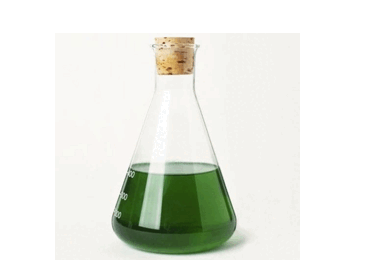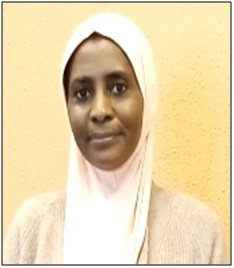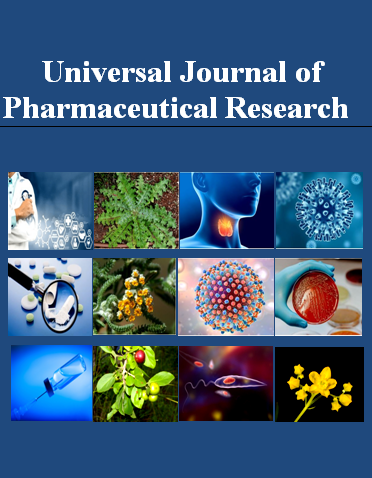PHYTOCHEMICAL SCREENING, ANTIOXIDANT, ANTI-INFLAMMATORY, AND ANTIPLASMODIAL ACTIVITIES OF LEAF EXTRACTS OF GREWIA BICOLOR
Keywords:
Anti-inflammatory, antioxidants, antiplasmodial, flavonoids, Grewia bicolorAbstract
Background and aim: Grewia bicolor, Malvaceae family, widespread in tropical Africa, is traditionally used in the treatment of various infections. The aim of this study was to investigate the total phenolic and flavonoid contents, the in vitro antioxidant, anti-inflammatory and antiplasmodial activities of Grewia bicolor leaf extracts, and to isolate and characterise some bioactive molecules.
Methods: The extraction was carried out by maceration of G. bicolor leaves successively in acetone and methanol. The methanol extract separated by repeated chromatographic columns on silica gel provided three flavonoids, which were characterized by spectroscopic techniques. Spectrophotometric methods determined total phenolic and flavonoid contents. The DPPH free radical scavenging assay allowed the evaluation of antioxidant activity. Abovine serum albumin denaturation inhibition study evaluated anti-inflammatory activity. The SYBR Green method was used for antiplasmodial activity on chloroquine-sensitive (3D7) and chloroquine resistant (Dd2) Plasmodium falciparum strains.
Results: The methanol extract with the highest values for antioxidant activity (IC50=21.80±0.23 μg/mL) and inhibition of bovine serum albumin denaturation (IC50=20.95±0.56 μg/mL), exhibited the highest total phenolic and flavonoid contents. This extract also showed the highest antiplasmodial activity, with IC50=49.07±0.10 and 43.61±0.08 μg/mL for chloroquine-sensitive and chloroquine-resistant strains respectively. The three isolated flavonoids were identified as catechin (1), leucocianidol (2) and isoquercitrin (3) using one- and two-dimensional nuclear magnetic resonance and mass spectroscopy. Compound (2) showed the most promising anti-inflammatory activity compared to other compounds.
Conclusion: The results of this study support the use of G. bicolor in traditional medicine to treat inflammatory disorders and malaria. Furthermore, this plant could be a promising source of natural antioxidants. Antioxidant and anti-inflammatory activities of G. bicolor can be correlated to the presence of flavonoids.

Peer Review History:
Received 3 February 2025; Reviewed 8 March 2025; Accepted 22 April; Available online 15 May 2025
Academic Editor: Dr. Ali Abdullah Al-yahawi , Al-Razi university, Department of Pharmacy, Yemen, alyahawipharm@yahoo.com
, Al-Razi university, Department of Pharmacy, Yemen, alyahawipharm@yahoo.com
Reviewers:
 Dr. Alfonso Alexander Aguileral, University of Veracruz, Mexico, aalexander_2000@yahoo.com
Dr. Alfonso Alexander Aguileral, University of Veracruz, Mexico, aalexander_2000@yahoo.com
 Dr. Ali Abdullah A. Al-Mehdar, University of Basrah, Iraq, asia_abdullah65@yahoo.com
Dr. Ali Abdullah A. Al-Mehdar, University of Basrah, Iraq, asia_abdullah65@yahoo.com
Downloads

Published
How to Cite
Issue
Section

This work is licensed under a Creative Commons Attribution-NonCommercial 4.0 International License.









 .
.